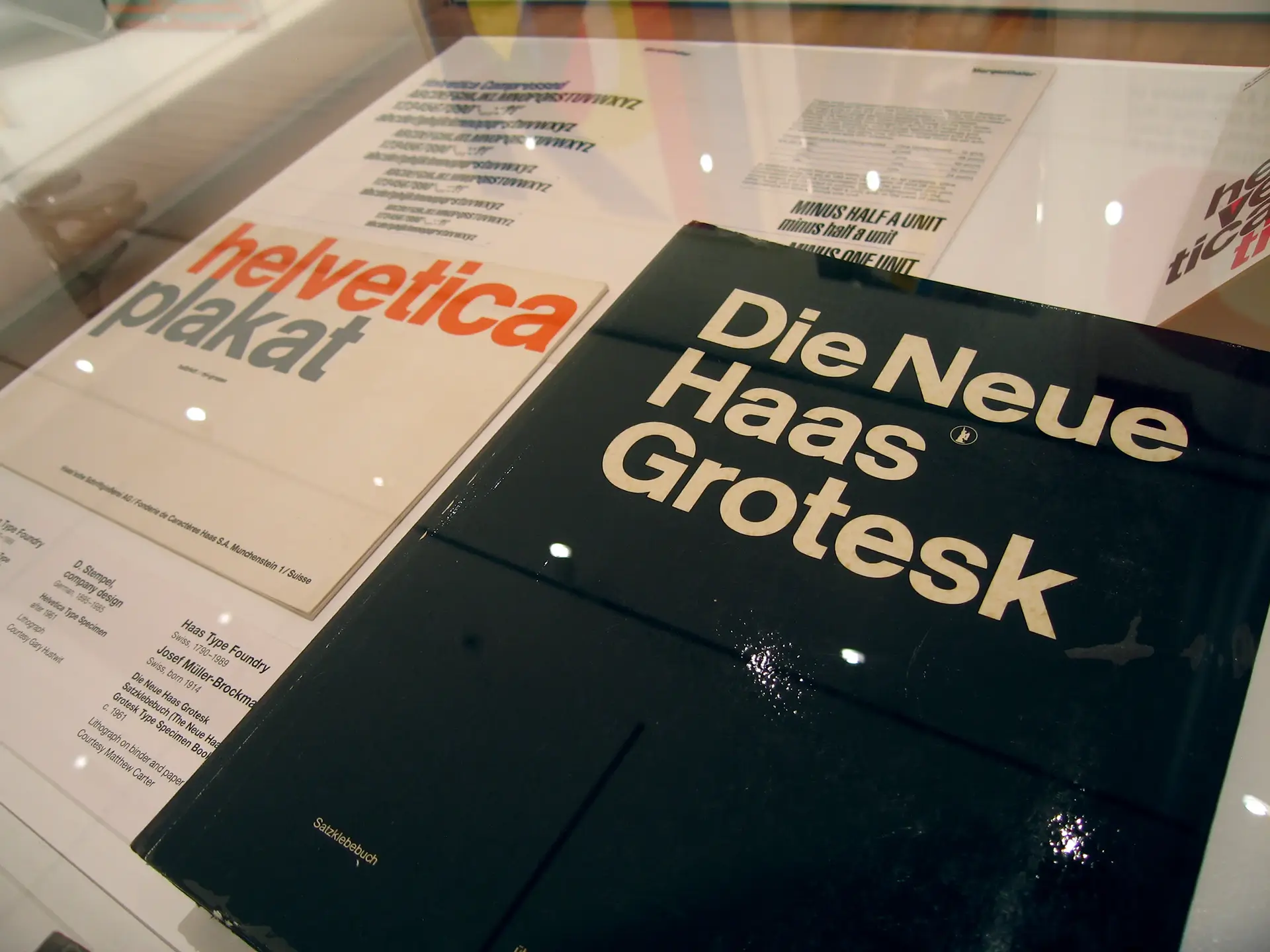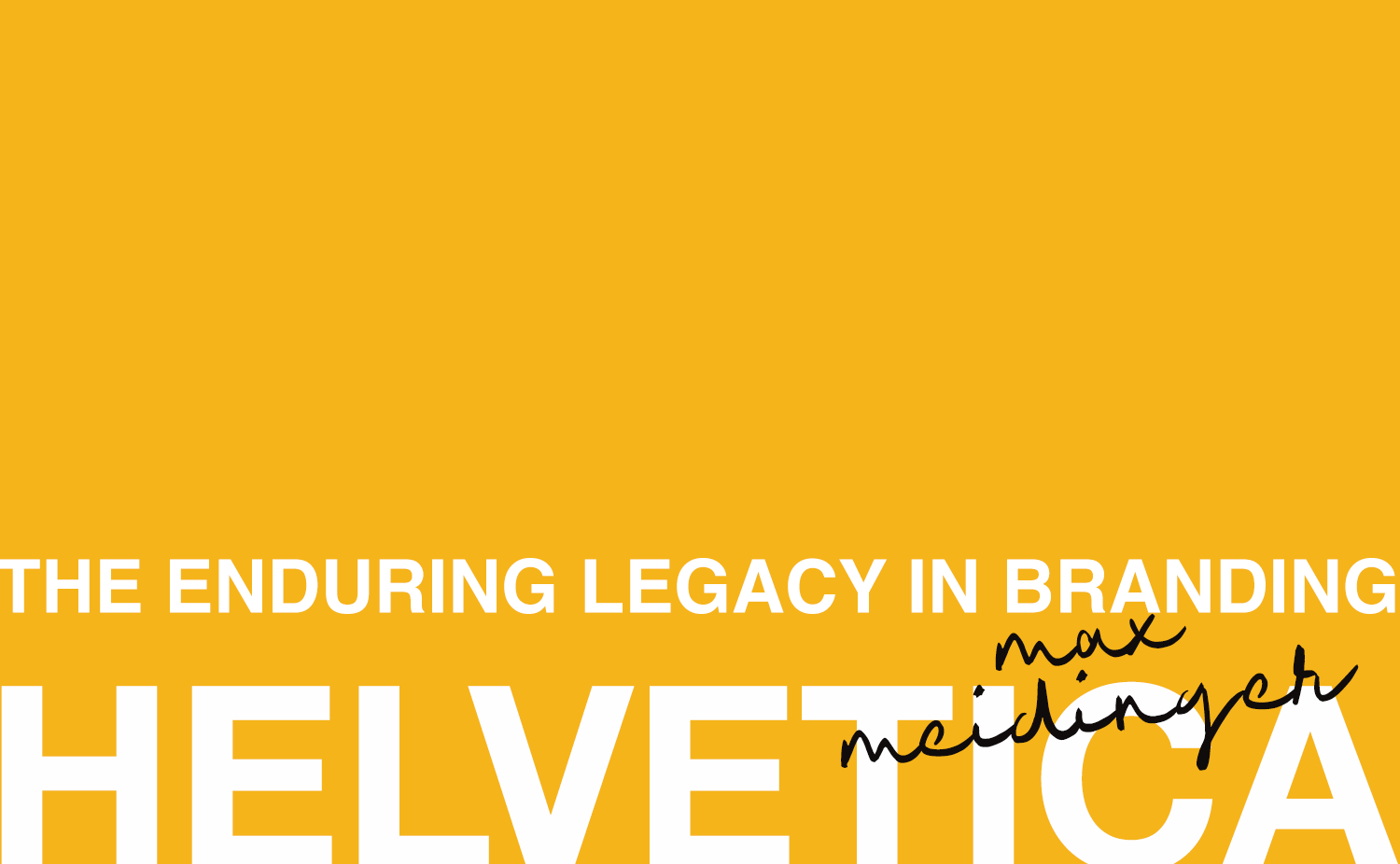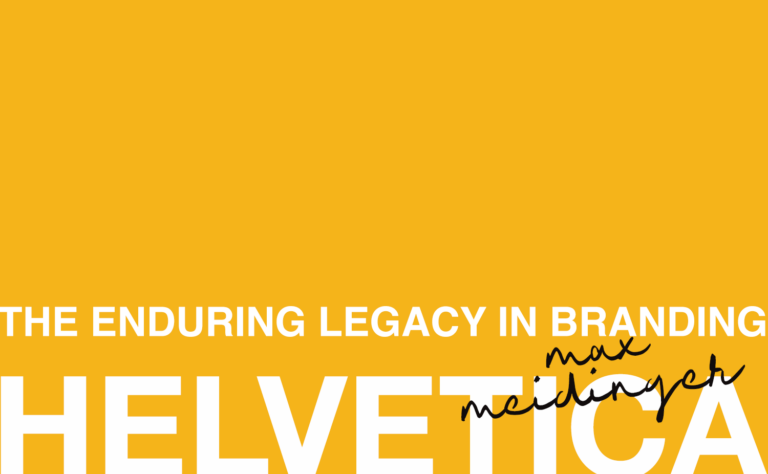In the ever-evolving world of design, certain elements stand the test of time, becoming iconic symbols of innovation and aesthetic excellence. One such element is the Helvetica typeface, a timeless and influential creation that has left an indelible mark on the design landscape.
Originating in the 1950s, Helvetica traces its beginnings to the quest for a typeface that embodied cleanliness, neutrality, and versatility. Conceived by Swiss typeface designer Max Miedinger and collaborator Eduard Hoffmann, it was originally named “Neue Haas Grotesk.” The development of Helvetica was driven by a desire to encapsulate the spirit of the modernist design movement, with a focus on simplicity, clarity, and functionality.
Swiss Design Principles at the Core
Helvetica’s design principles are deeply rooted in the Swiss design movement, which prioritizes order, simplicity, and readability. The Swiss design philosophy, often associated with the influential school of design known as the “Swiss Style” or the “International Typographic Style,” places a strong emphasis on grid systems, sans-serif typography, and a commitment to clear communication.
In Swiss design, every element has a purpose, and the visual composition is organized with meticulous precision. Clean lines, minimalistic layouts, and a focus on functionality define the Swiss design aesthetic. Helvetica embodies these principles, aligning seamlessly with the movement’s emphasis on clarity and visual harmony.

The Rise to Dominance
Helvetica’s journey to dominance began in the 1960s when it was renamed Helvetica (Latin for “Swiss”) and adopted as the corporate typeface for the Haas Type Foundry. Its universal appeal quickly spread beyond Switzerland, catching the attention of designers and businesses globally. The typeface’s clean lines and balanced proportions made it particularly suitable for a wide range of applications.
One of Helvetica’s key strengths lies in its versatility. It became the go-to typeface for a diverse array of industries, from corporate branding and advertising to signage and product packaging. Its neutral appearance allowed it to convey information with clarity, making it a favorite for conveying messages in a straightforward yet sophisticated manner.
The impact of Helvetica is perhaps most palpable when considering the logos of globally recognized brands that have chosen this typeface for its ability to convey trust, professionalism, and modernity. Some notable examples include:

As design evolved into the digital age, Helvetica continued to maintain its relevance. Its adoption in digital interfaces, websites, and mobile applications further solidified its status as a design staple. The typeface’s adaptability to different mediums and its timeless aesthetic have allowed it to seamlessly transition from print to screen, leaving an unmistakable imprint on the visual language of the 21st century.
Helvetica’s influence goes beyond being a mere typeface; it has become a cultural phenomenon. Its enduring popularity is a testament to its ability to transcend trends and remain a symbol of design excellence. The Helvetica documentary, released in 2007, further immortalized its impact, featuring insights from designers around the world. Its legacy continues to shape the way we perceive and communicate through design. As we navigate the intricacies of visual expression, we can’t help but appreciate the enduring influence of Helvetica—a typeface that not only changed design but also became an integral part of our visual culture.
"In a way, The Beatles are the Helvetica of pop; just like Helvetica is The Beatles of typefaces."
Experimental Jetset Tweet
Feeling Inspired?
Inspired by Helvetica’s timeless elegance? Let’s collaborate to elevate your brand with visually stunning designs that embody clarity, sophistication, and enduring appeal. Visit our Meridian Creatives page to explore our capabilities.






